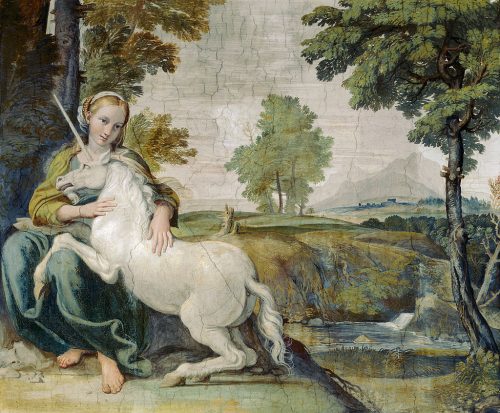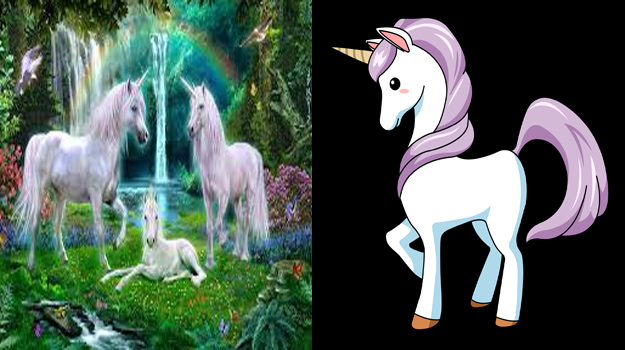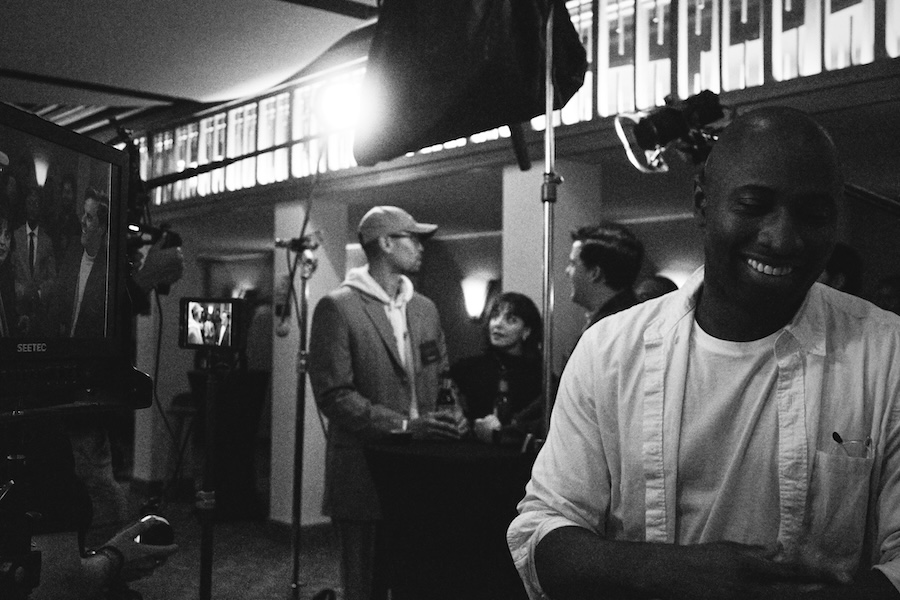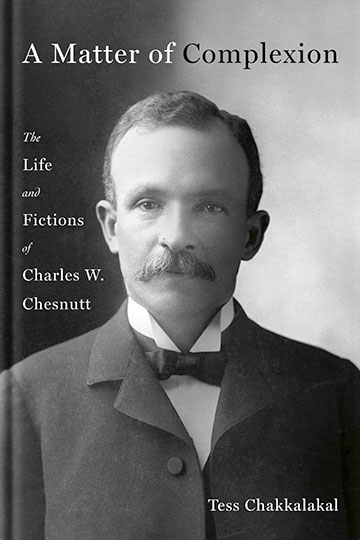Virgins, Unicorns and Medieval Literature
By Tom Porter
Maggie Solberg was looking for ways to make the book she’s currently writing on the portrayal of the Virgin Mary in late medieval literature and culture even more fascinating than it already is, when she found unicorns. “When I realized I could get unicorns into the book I was very excited,” said the assistant professor of English, “because people love unicorns, right?
“During my research I began to see these images of Mary holding a unicorn in her lap at the moment of Anunciation, when it’s revealed to her that she will bear the son of God. There are dozens and dozens of them.”
As she started delving deeper into the subject, Solberg made the connection between the legend of the unicorn from the bestiaries—illustrated medieval texts describing different mythical beasts—and the story of the Anunciation from the Bible. “By the Middle Ages, people had decided that these fantastical beasts could serve as metaphors for biblical stories.”
The Medieval Allegory of the Mystic Unicorn was the subject of a recent lunchtime seminar Solberg delivered for fellow faculty members. She began by describing the legend of the unicorn from the bestiaries, although these lurid accounts sometimes sound more like something from the pages of a contemporary fantasy novel.
“Unicorns were portrayed as forest-dwelling creatures with this monstrous four-foot long horn that they used to stab the wombs of elephants, and they were regarded as the most dangerous beast in the forests.” The only way to capture them, she explained, was to lure them into a meadow using a naked virgin.
“According to lore, the unicorn will then come and put his horn in her lap and fall asleep. She then grabs the horn, a signal for hunters to arrive and stab the beast, bringing his body to the palace of the king, the bestiaries say. They do this because the unicorn’s horn, in fact every part of his body, had amazing medicinal properties and could cure any poison. So that’s the legend of the unicorn!”

Origins
The origins of this fabled creature are predictably mysterious, said Solberg. “These bestiaries I’m referring to come from an older set of legends called the Physiologus, an early Christian text which dates back as far as the second century, in which a wise natural philosopher tells us everything about animals, mythical and otherwise.”
As for the unicorn itself, Solberg said it was likely inspired by stories about rhinoceroses retold by visitors from Africa or Asia. “In fact, in some texts the unicorn is actually referred to as ‘the monoceros’ and sometimes also a rhinoceoros, so it probably was originally a rhino, and that would be consistent with many of the descriptions in the Physiologus. From there, they morph into smaller animals, more like goats and, of course, horses.”
What does the unicorn symbolize?
Scholars today often say the unicorn represents purity, but Solberg finds that misleading. “I think the unicorn does symbolize purity, but not in the way we typically think. It means purity in the sense of potency, something ripe to be fertilized. Rather than being a permanent state, this type of purity ripens until it’s plucked.”
This is where the connection to virginity comes in, said Solberg. What is the social purpose of virginity? she asks. “In ancient patriarchal cultures, you want to marry a virgin in order to guarantee that her children are your children. Virginity is there to be taken, not a permanent state. So I think the reason why the virgin and unicorn go together in the bestiaries is that both of them are pure and potent and about to be fertilized, or harvested.”
How does this fit into a Christian allegory? It’s complicated, said Solberg. “In legend, you have the unicorn, the virgin, and the hunter. When turned into a Christian allegory, the unicorn is Christ, the virgin is Mary, and the hunter shifts—sometimes he’s the archangel, sometimes he represents Adam and Eve.
“The unicorn puts his head in the lap of the maiden and is captured and killed, in the same way that Jesus went into body of the Virgin Mary to be incarnated, and was then killed by crucifixion by mankind.” The unicorn’s body was then consumed for medicinal purposes, explained Solberg, which mirrors how Catholic worshippers consume the body and the blood of Christ at Holy Communion.

Reappraising the Virgin Mary
Solberg said she prefers to view the Virgin Mary through the medieval lens, where she is regarded more as a heroine and less as a victim. “This began to change after the Protestant Reformation, when Mary was seen as simply a vessel, someone chosen by God to bear his son and who had little say in the matter.
“In medieval commentary though, she is proactive. Mary actually seduces God and welcomed Christ into her body. And in giving birth to Christ, she saves mankind, which makes her a heroine.
‘”This was often portrayed as a comedy in the Middle Ages, a funny sex comedy even, where Mary is seducing God. This idea of a seductress is counter to many people’s idea of a pure and holy virgin, sacreligious even, but I think it can actually be viewed as a compliment.”
And as for the unicorn? Today it may be seen as a cute, fluffy, toy-like creature, featured in kids’ movies and cartoons, but its medieval counterpart was clearly a totally different animal: a powerful beast, tamed by a virgin, then slaughtered for the good of mankind.



